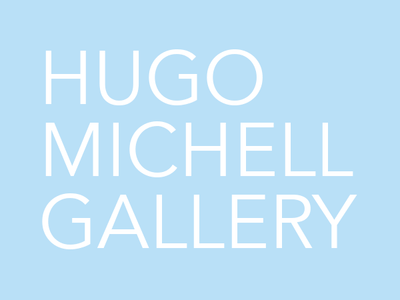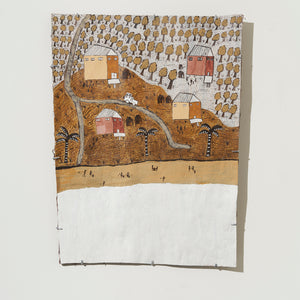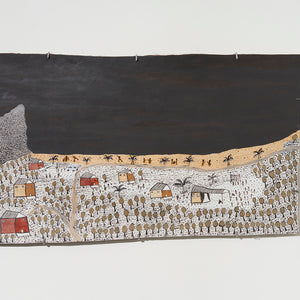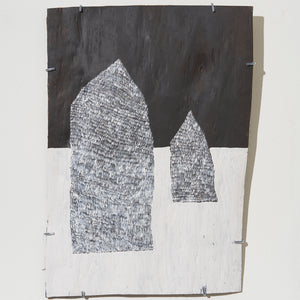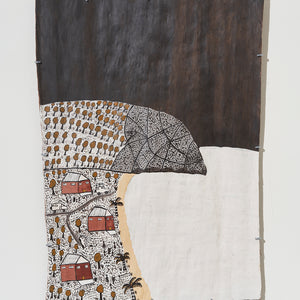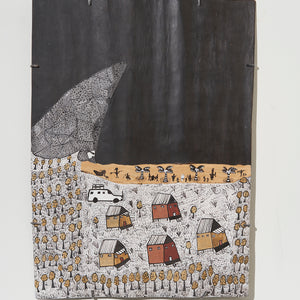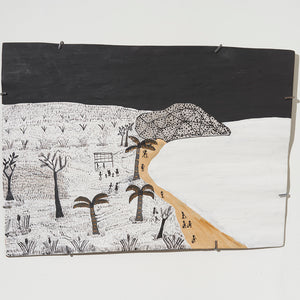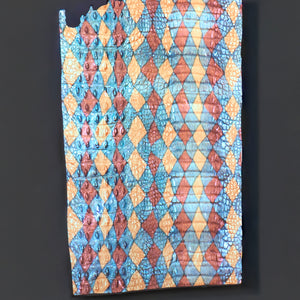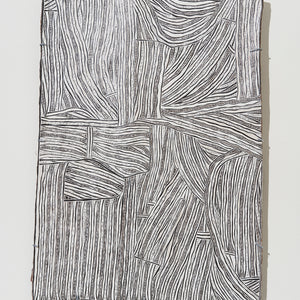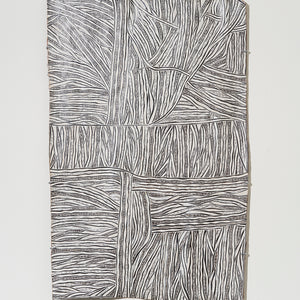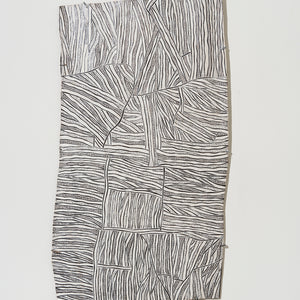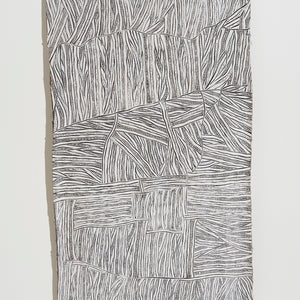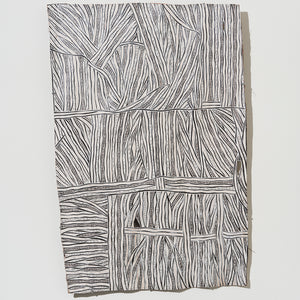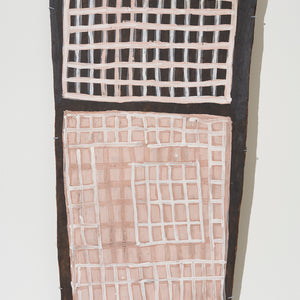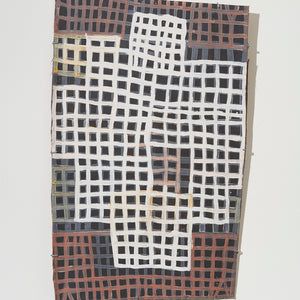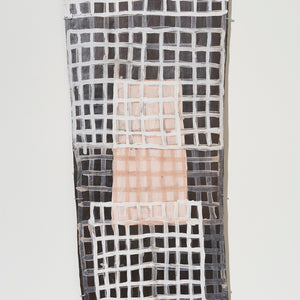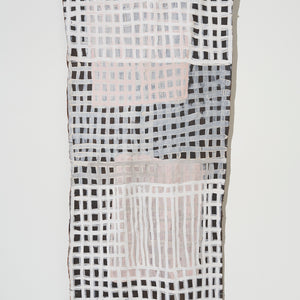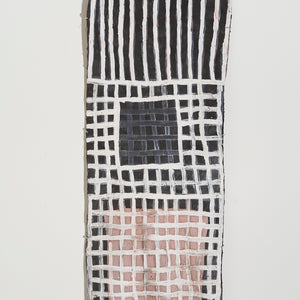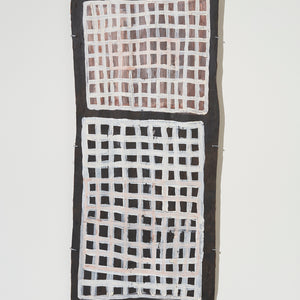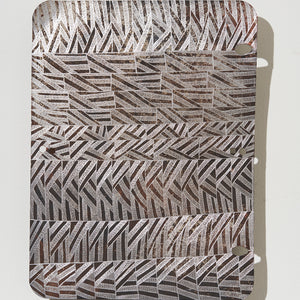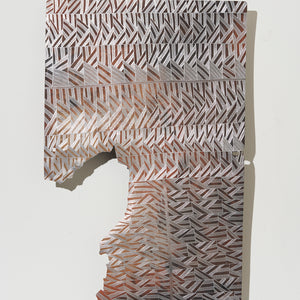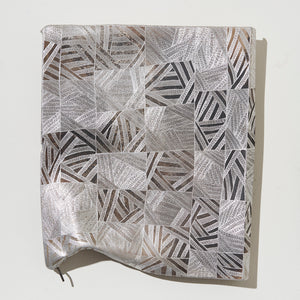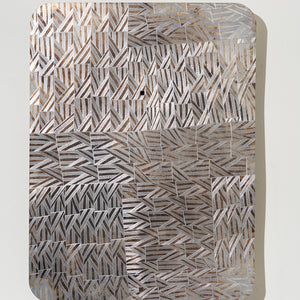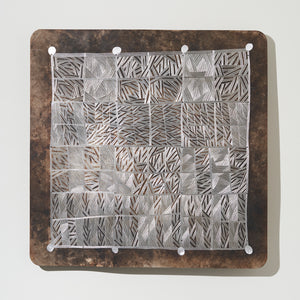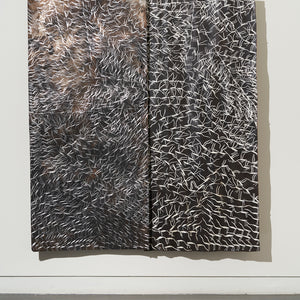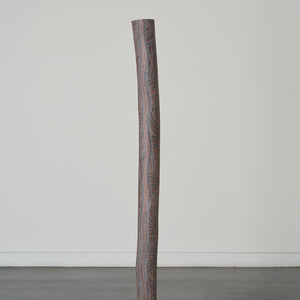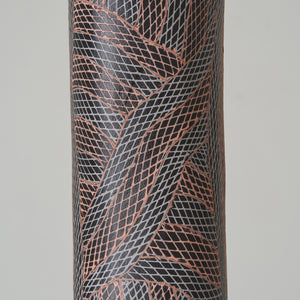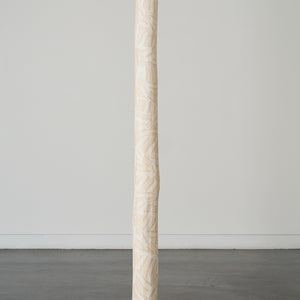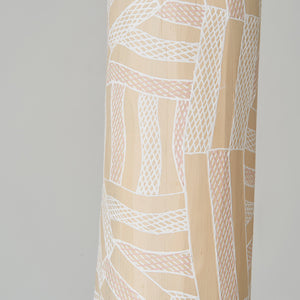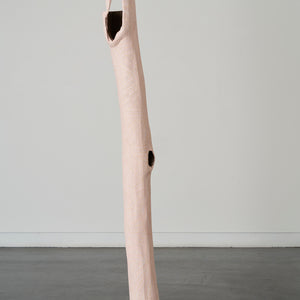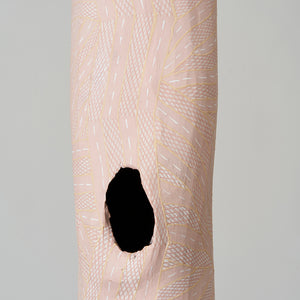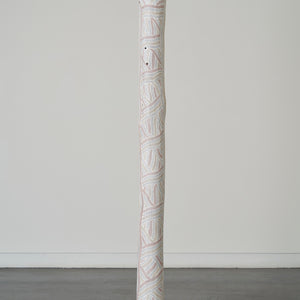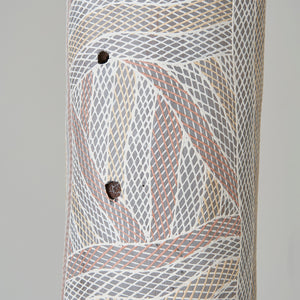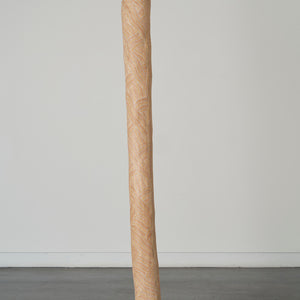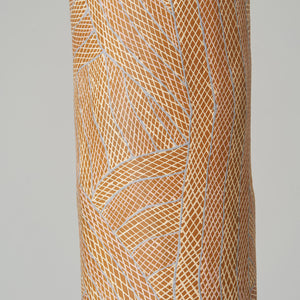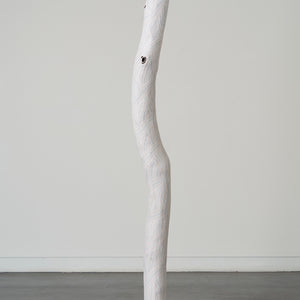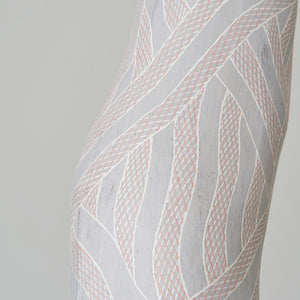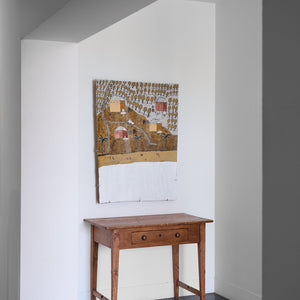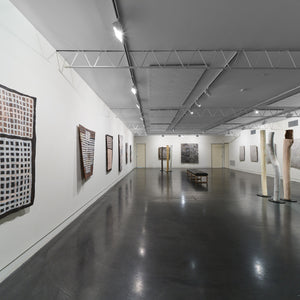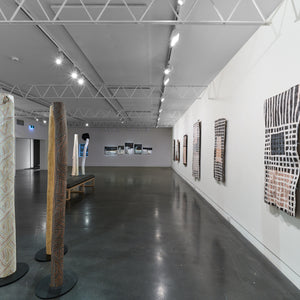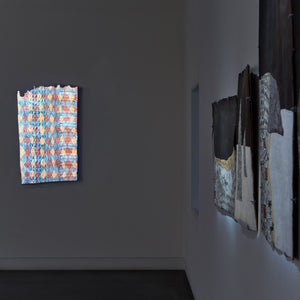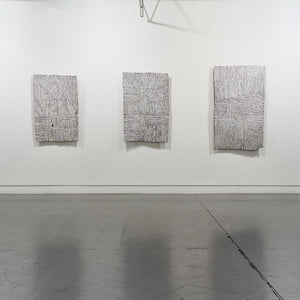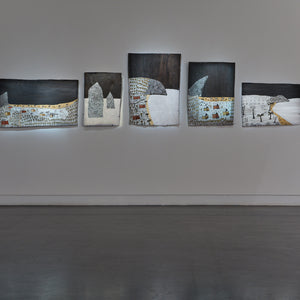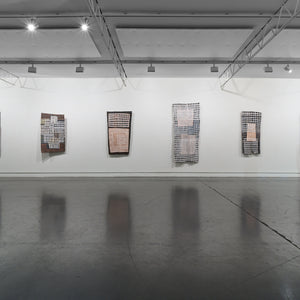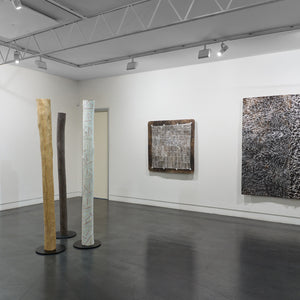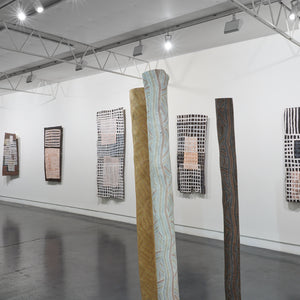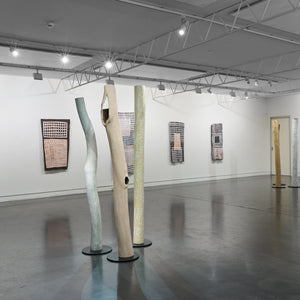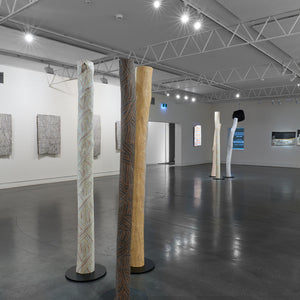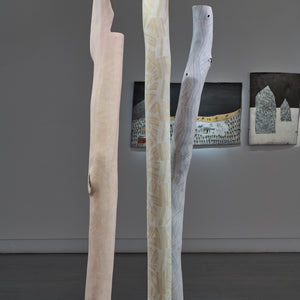WÄŊA AS MUSE
25 September - 25 October 2025
Exhibition Essay
Manini Gumana, Napunda Marawili, Marrnyula Munuŋgurr, Binygurr Wirrpanda, Gutiŋarra Yunupiŋu
For some artists the landscape is not just a setting or a backdrop; it is a muse, a teacher, and a spiritual force. This is true of all the Yolŋu artists exhibited here. Staring out across an open plain or into a fecund jungle or along the crystalline coastline Yolŋu artists can see the invisible sacred design that represents that specific place. This is like a barcode that when scanned reveals the history, content and ownership of that wäŋa or place. Only those educated in the full identity of that country, and how to paint it, can dare emulate this pattern.
Conventionally this miny’tji or sacred clan design was rendered in the classical style using earth pigments of red, yellow, black and white applied to wood or bark using a fine brush made from a few strands of a young girl’s straight hair (marwaṯ).
However, this exhibition features the innovative works of a group of artists who have each developed a unique way of depicting the identity of the land which inspires them.
Perhaps the most surprising of these is Gutiŋarra Yunupiŋu. He is a young, tall handsome, deaf man who has worked as a digital artist and filmmaker at The Mulka Project since he graduated from the bilingual school at Yirrkala. His muse is the coastal headland of Buymarr where he grew up. He has continually returned to this theme in his film and digital works and now for the first time ever is approaching something similar to a Western landscape rendition except using the medium of bark and ochres.
Marrnyula Munuŋgurr is a well established artist who has taken a different route- stripping back the design to its bare bones with minimal colour. Napunda Marawili has followed a similar approach in showing the turbulent, fire imbued coastal saltwaters of Yathikpa with a monochrome pallete. Manini Gumana has gone the opposite way adding more colours to the traditional four by combining and mixing the primary colours into pastel tones. Buku chairman Binygurr Wirrpanda draws on his muse of the billabongs of Dhuruputjpi adjacent to the endless floodplains of Yalata. But in this case he is using a rotary drill on abandoned road signage. According to Yolŋu protocols these discarded items are considered part of the land for this purpose.
Unlike Western traditions of landscape painting that often focus on visual likeness or romantic ideals of nature, Yolŋu art addresses the deeper truths of Country. The landscape is revered in sacred designs, symbols, and patterns that convey not just physical geography, but also the spiritual and cultural knowledge passed down through generations.
Through this lens, Yolŋu art transcends the boundaries of genre. We can choose to view the work as a landscape painting, yes—but it is also history, philosophy, law, and song. A muse can be a person or a ‘personified force’. In this case the Yolŋu regard the estates they are related to as a member of their family. Each work is a living testament to the Yolŋu people’s enduring relationship with their spiritual and physical birthplace and an invitation to see the land not as a passive object, but as a sentient, living, active, sacred force. As both muse and medium, the landscape continues to inspire Yolŋu artists to carry forward the spirit, stories, and strength of their ancestors.
Written by David Wickens
‘Wäŋa as Muse’ is presented as part of the 2025 Tarnanthi Festival. Tarnanthi is presented by the Art Gallery of South Australia.
